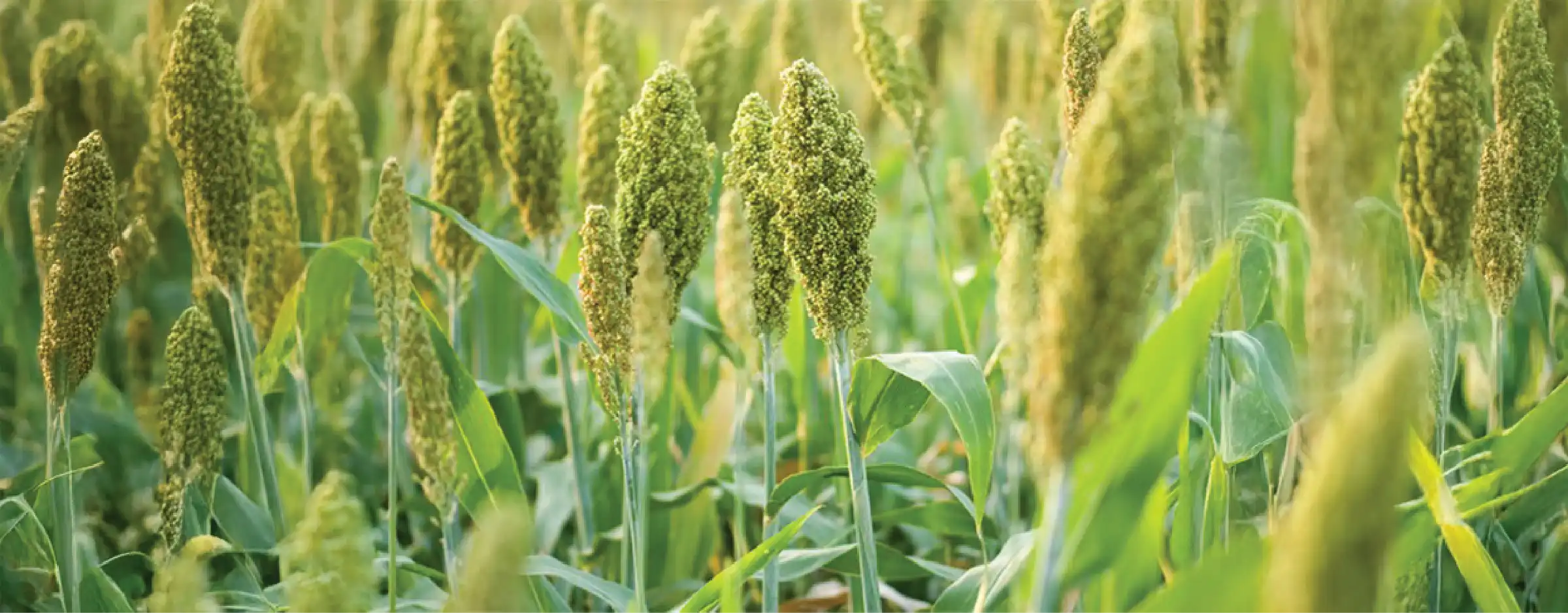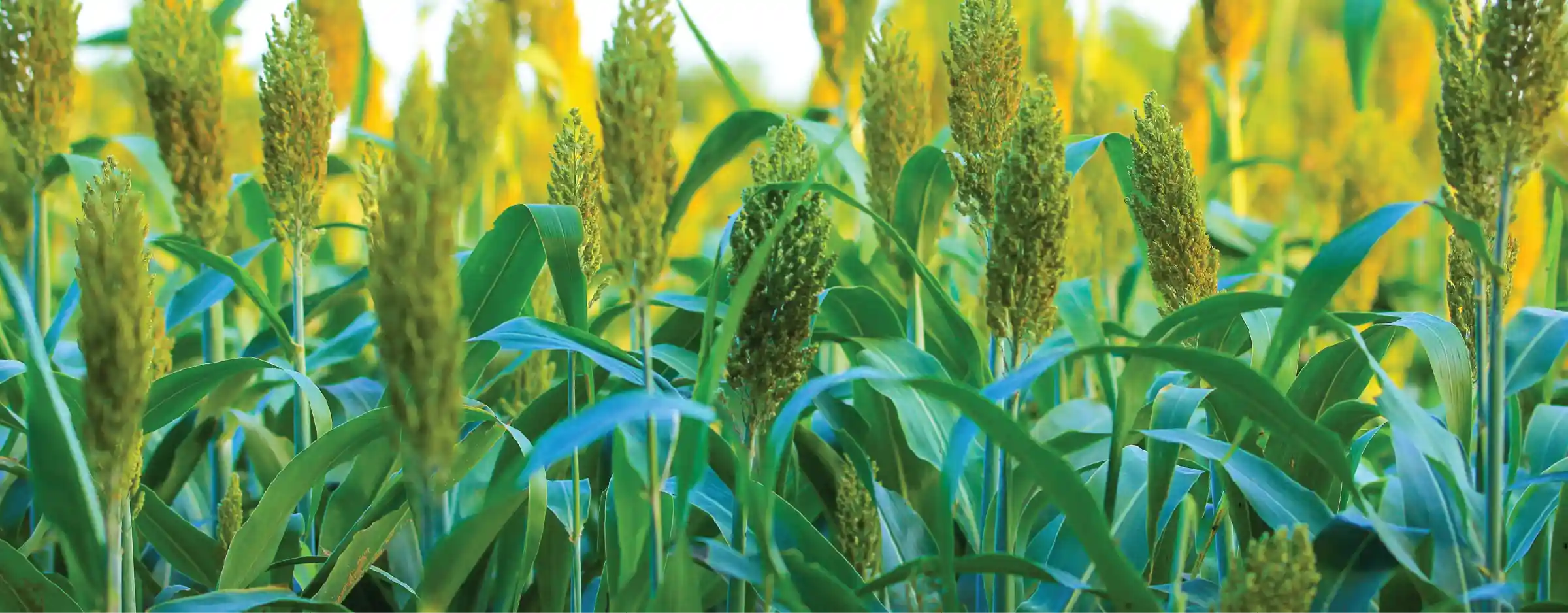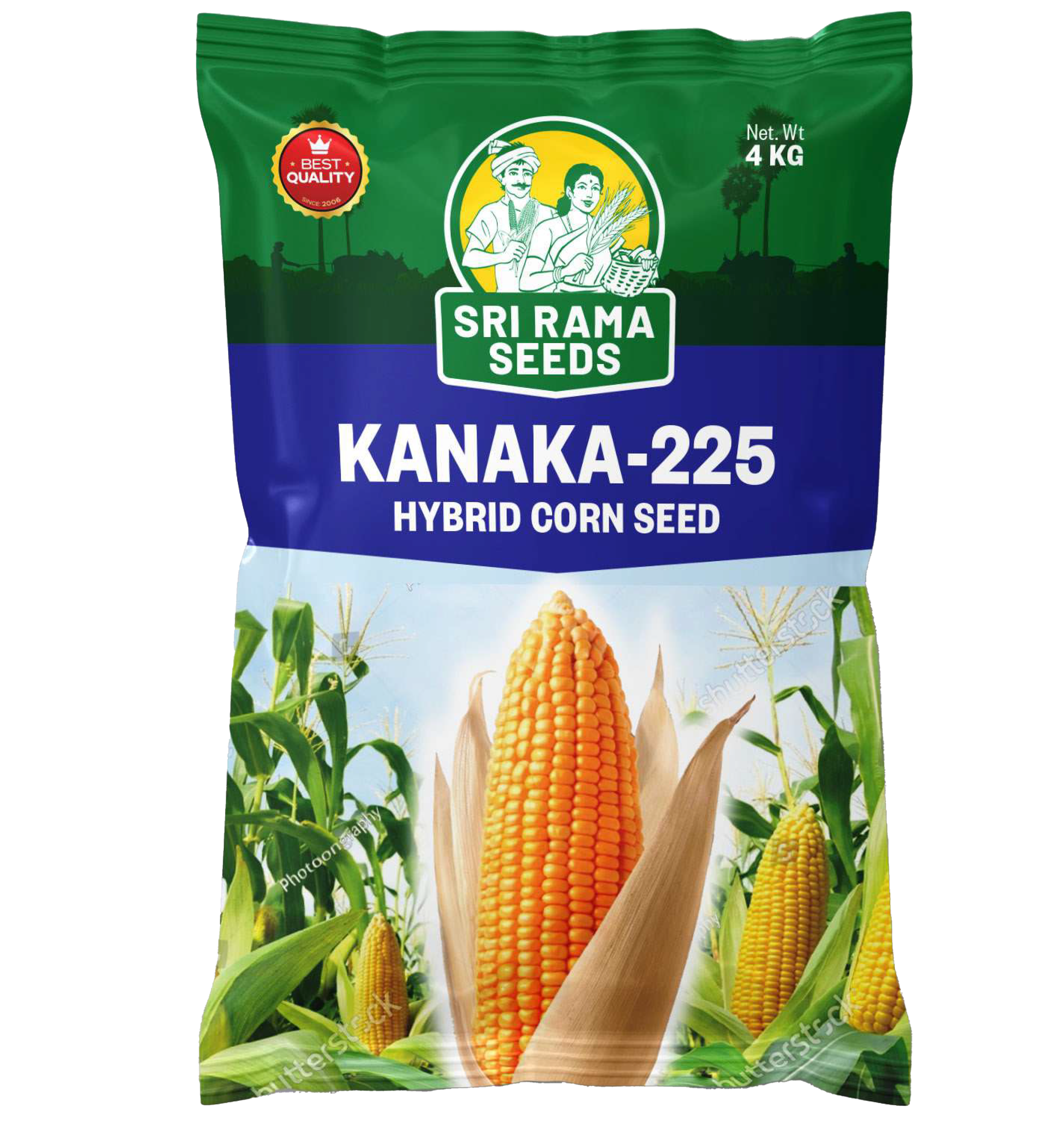Fast-Maturing Hybrid Jowar with High Nutrient Content and Disease Tolerance
RAMYA-14 is a high-yielding hybrid jowar (sorghum) variety, developed for fast maturity, superior
grain quality, and excellent disease resistance. With a plant height of 6–7 feet and a maturity period
of 75–80 days in Kharif and 90–100 days in Rabi, this variety is ideal for both grain and fodder
production in rainfed and upland irrigated conditions. The bold, dark gray grains have higher nutrient
content, making RAMYA-14 an excellent choice for commercial jowar cultivation. Additionally, its
strong resistance to downy mildew ensures better crop health and stable yields.
Challenges & Solutions
Jowar cultivation often faces issues such as low nutrient content in grains, susceptibility to
diseases, and delayed harvesting. RAMYA-14 is specifically bred to address these challenges and
maximize farm productivity.
Challenges
Common issues faced in traditional jowar farming include:
-
Low Nutrient Value in Grains
-
Susceptibility to Downy Mildew
-
Delayed Maturity Affecting Crop Rotation
-
Limited Adaptability to Various Agro-Climatic Conditions
Solutions
RAMYA-14 provides exceptional advantages for jowar growers:
-
Higher Nutrient Content in Grains
-
Highly Tolerant to Downy Mildew
-
Fast Maturity (75–80 Days in Kharif, 90–100 Days in Rabi)
-
Adaptability to Rainfed & Upland Irrigated Conditions
Performance and Profitability
Yield Potential (Qtl./Acre):
RAMYA-14 delivers high grain and fodder yields, ensuring better profits for farmers.
Adoption Rate:
Farmers prefer RAMYA-14 for its fast maturity, high nutrient grains, and strong disease resistance.
Farm Profitability:
With low seed input (3–4 kg per acre) and high market demand, RAMYA-14 provides excellent returns on
investment.
Market Demand:
The bold, dark gray grains with superior nutrient content make RAMYA-14 a top choice for both food and
fodder purposes.









